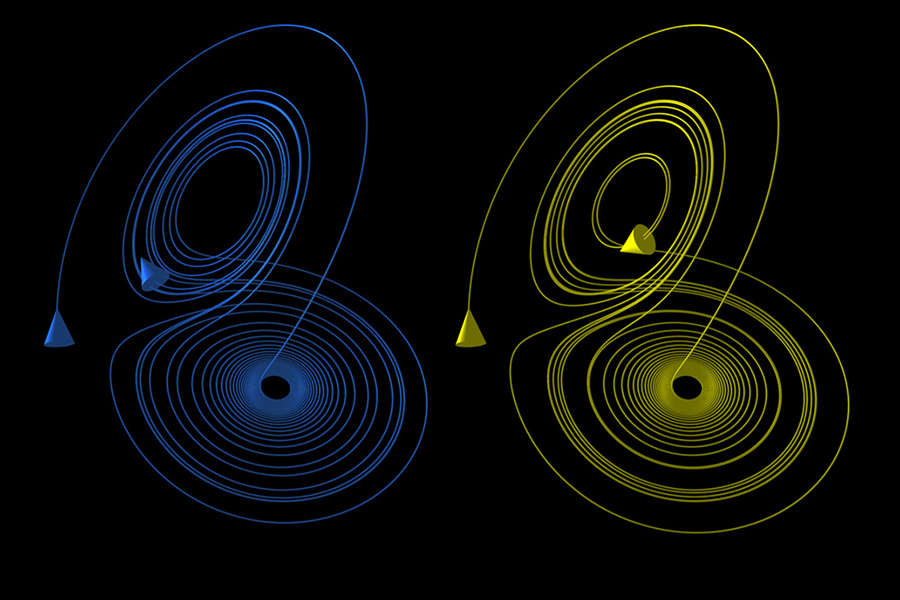In the intricate tapestry of existence, the smallest of actions can ripple outward, setting into motion a chain of events that reverberate across time and space. This phenomenon, known as the butterfly effect, captures the profound interconnectedness of all things and underscores the complexity of causality in our world. From the flutter of a butterfly’s wings to the course of global events, the butterfly effect serves as a poignant reminder of the inherent unpredictability and sensitivity of complex systems.

The term “butterfly effect” originated from the field of chaos theory, which emerged in the mid-20th century as scientists sought to understand the behavior of nonlinear systems. The metaphor itself was popularized by mathematician and meteorologist Edward Lorenz, who used it to illustrate the concept of sensitive dependence on initial conditions. Lorenz famously remarked that the flap of a butterfly’s wings in Brazil could set off a tornado in Texas, highlighting the nonlinear dynamics at play in the Earth’s atmosphere.

At its core, the butterfly effect encapsulates the idea that small perturbations in one part of a system can lead to disproportionately large effects elsewhere. This sensitivity to initial conditions is a hallmark of chaotic systems, where seemingly insignificant changes can amplify over time, leading to unpredictable outcomes.

The butterfly effect finds parallels in numerous natural phenomena, where small disturbances can cascade into significant consequences. In ecology, the introduction of a non-native species can disrupt an entire ecosystem, altering the balance of predator-prey relationships and biodiversity. Similarly, fluctuations in climate patterns, such as changes in ocean currents or atmospheric circulation, can have far-reaching effects on weather systems around the globe.
In evolutionary biology, the concept of punctuated equilibrium suggests that evolutionary change occurs in sudden bursts following periods of stability, often triggered by small genetic mutations or environmental shifts. These punctuations in the fossil record demonstrate how seemingly minor events can lead to dramatic shifts in the course of evolution.
The butterfly effect is not confined to the realm of natural systems but extends to human society and economics as well. In financial markets, for example, small fluctuations in investor sentiment or market conditions can snowball into major fluctuations in stock prices and economic stability. This was starkly demonstrated during the 2008 financial crisis when the collapse of the subprime mortgage market in the United States triggered a global recession, impacting millions of lives worldwide.
Similarly, in geopolitics, seemingly isolated events can have far-reaching consequences for international relations and global security. The assassination of Archduke Franz Ferdinand in 1914, for instance, set off a chain reaction of alliances and conflicts that ultimately culminated in World War I, reshaping the political landscape of the 20th century.
The prevalence of the butterfly effect underscores the inherent complexity of the world we inhabit and the limitations of our ability to predict and control outcomes. In complex systems ranging from weather patterns to social networks, feedback loops and nonlinear interactions give rise to emergent phenomena that defy simple explanations or deterministic predictions.
However, while the butterfly effect highlights the fragility and vulnerability of complex systems, it also points to their resilience and capacity for adaptation. By understanding the interconnectedness of systems and the potential for cascading effects, scientists and policymakers can work to build more robust and sustainable systems that are better able to withstand shocks and disruptions.
The butterfly effect serves as a poignant reminder of the interconnectedness and unpredictability of the world around us. From the intricate dynamics of natural ecosystems to the global networks of human society, small changes can have profound and far-reaching consequences. By embracing complexity and fostering resilience, we can navigate the uncertainties of our complex world and shape a more sustainable and equitable future for generations to come.



